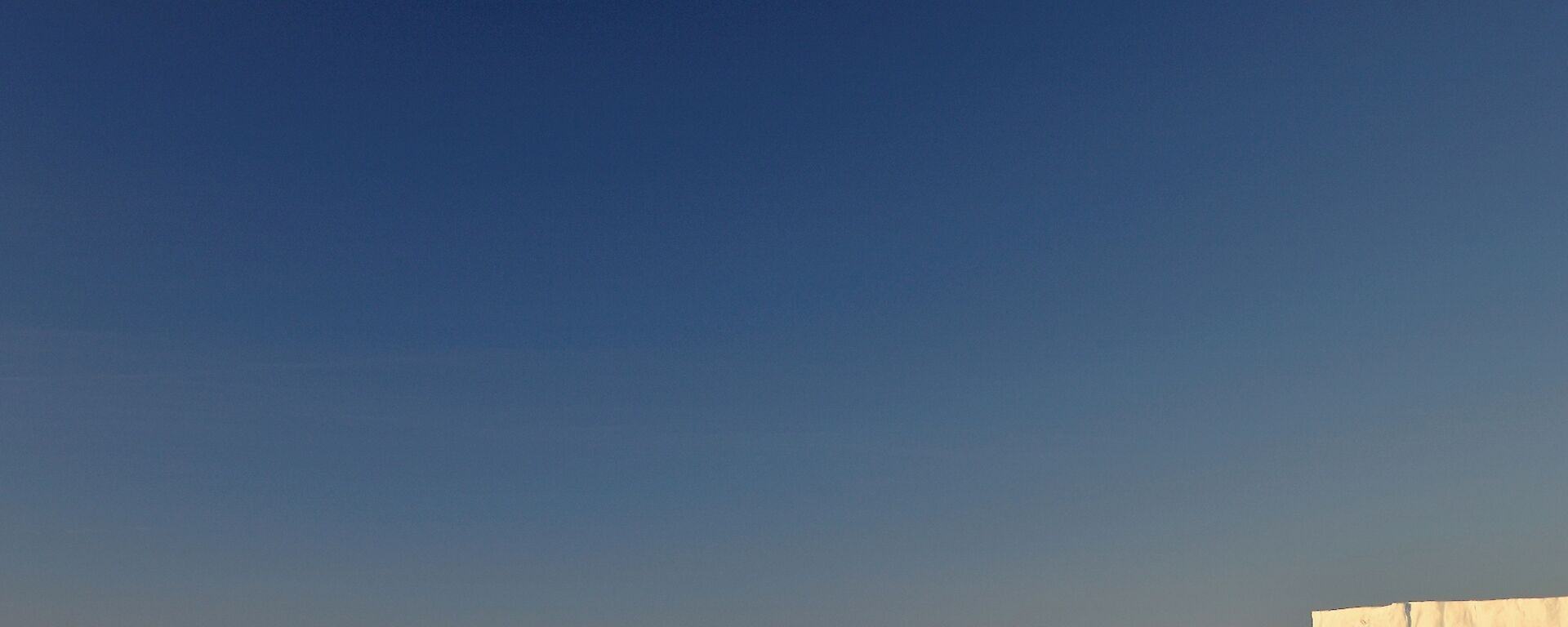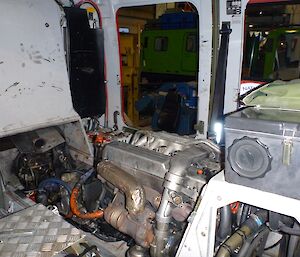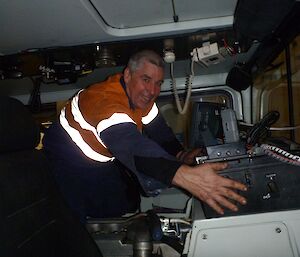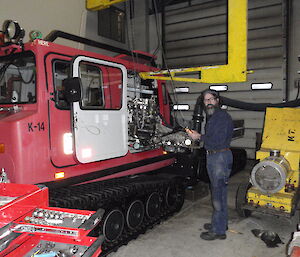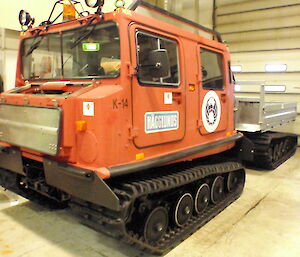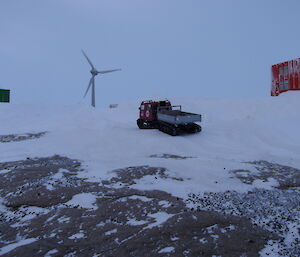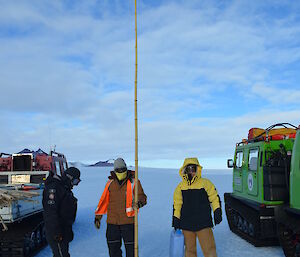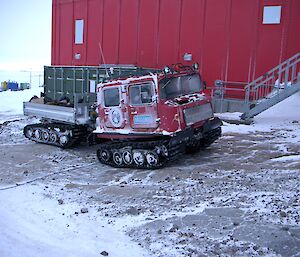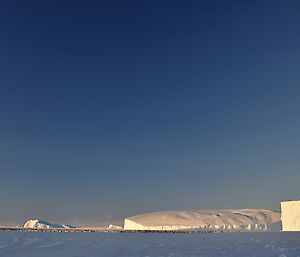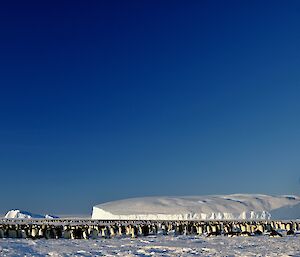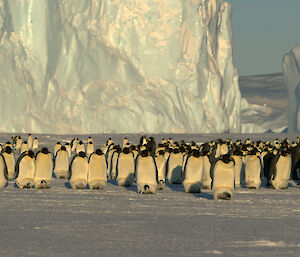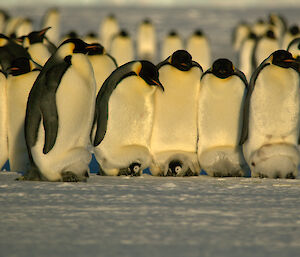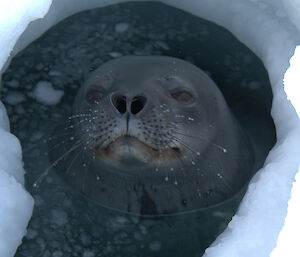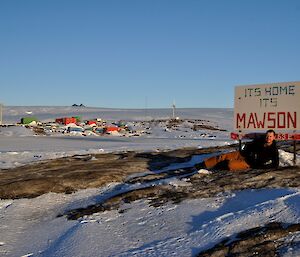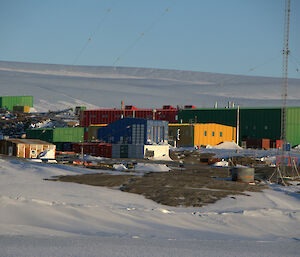At Mawson we have four Hägglunds. One is the fire Hägglunds, two are conventional over snow tracked vehicles which are simply known as the yellow and green Hägglunds owing to their colour and the fourth Hägglunds is K14, model no. BV206D6. This Hägglunds is simply called called the red Hagg or tray-back Hagg as the front cabin is pulling an open tray. The red Hägglunds arrived in Casey in March 2007 and after five years of service at Casey it departed in November 2011 on the “Aurora Australis”. After an extended sojourn via Hobart and Freemantle it finally arrived at Mawson and was unloaded on 2nd March 2012.
The red Hagg was immediately put into service but in May a noise appeared on starting the motor and when the throttle was backed off, but on driving it disappeared. The noise got progressively worse so the mechanics got to work to investigate the cause of the problem. Initially the fan and water pumps were checked but they were found to be in good working order. The vibration seemed to come from the back of the fuel pump. Swapping over the fuel pump made no difference. The oil cooler was checked next and it was found to be loose but tightening it up and replacing the brackets had no effect on the noise. It was still present. The starter motor was also checked and it was found to be engaging properly. Finally Ian and Michael bit the bullet and removed the engine and then the transmission to check the drive coupling. It was then discovered that the flex plate was cracked.
The flex plate was replaced, the transmission refitted and the engine reinstalled. The noise has disappeared and has not appeared on test runs and working around the station in heavy snow. The red Hagg is a very versatile vehicle making it very useful both on station and on the plateau. On the plateau it is used exclusively by Malcolm and the caning teams. The various GPS routes to the field huts are marked by canes every few hundred metres and these have to be maintained every year due to many falling over during the summer melt. The tray is ideal for carrying all the canes and the generator and drill for drilling the holes in the ice.
On station, the red Hagg is very useful for the weekly garbage collection and drop off. It is also used mainly by the trades people and is ideal in heavy snow conditions following the numerous blizzards experienced at Mawson. The red Hagg does not travel on the sea ice as do the yellow and green Haggs because the tray back would not float but for special operational requirements permission can be requested from head office. This was recently granted to resupply Bechervaise Island following the summer science programme conducted on the island. The sea ice at Mawson is in excellent condition and is still increasing in thickness. It is 1.5m thick and perfectly safe for the red Hagg to travel on at this time of the year.
With the red Hagg back in action and the days steadily getting longer, it won’t be long before the red Hagg and the caning teams will be back at work.
Ian Petty

